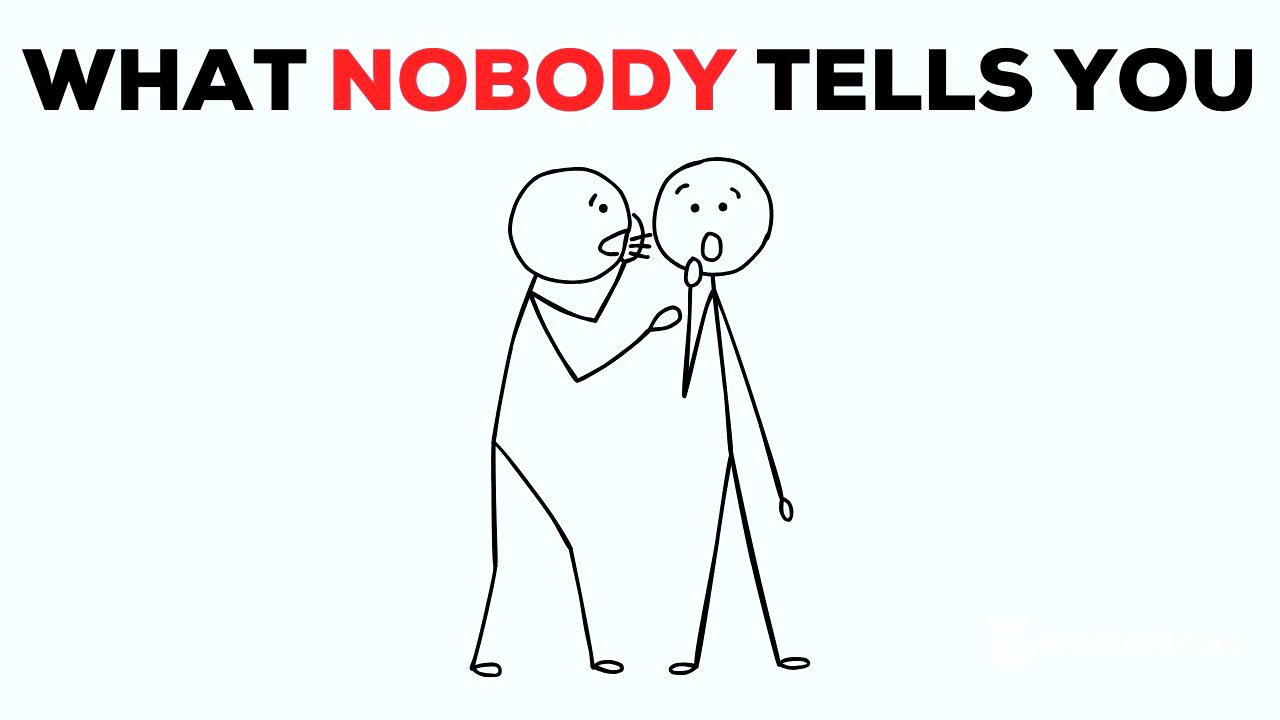TLDR;
This video discusses the "baseline shift phenomenon," where individuals fail to recognize their progress because their brains continuously update what feels normal. It covers topics such as invisible upgrades, the comparison trap, ignoring evidence of growth, solved problem amnesia, expanding comfort zones, the sophistication shift in problems, hidden momentum indicators, the recognition framework needed for self-assessment, and maintaining clear vision of one's progress. The video emphasizes the importance of documenting and recognizing personal growth to counteract the brain's tendency to forget past challenges and achievements.
- The better you get at life, the worse you feel about your progress.
- Everyone's dealing with the same blindness in recognizing their progress.
- Clarity maintenance is like physical fitness.
Introduction [0:00]
The video introduces the concept that as individuals improve in life, they often feel worse about their progress due to the "baseline shift phenomenon." This is because the brain continuously updates its expectations, making past achievements seem insignificant. The video emphasizes that this phenomenon causes people to overlook how far they've come, as the brain tends to treat solved problems as if they never existed, and skills that were once challenging become automatic and forgotten. The video stresses the importance of maintaining clarity and perspective to recognize one's growth.
Chapter 1: "Your Invisible Upgrades" [1:23]
Many people possess skills they are unaware of, often revealed when others seek their advice. This is due to competence accumulation, where knowledge becomes so integrated that it's forgotten. People often teach skills they don't think they have, similar to being fluent in a language but claiming to barely speak it. The advice people seek from you is a testament to your competence, even if you don't recognize it yourself. Expertise becomes invisible because it feels like common sense from the inside.
Chapter 2: "The Comparison Trap" [2:58]
People often compare their behind-the-scenes struggles to others' highlight reels, creating a distorted perception of their own progress. This comparison trap is bidirectional, as others are likely doing the same thing. Social media amplifies this effect by showcasing only the best moments, leading individuals to compare their rough drafts to others' final edits. Everyone is comparing their internal experience to others' external presentation, leading to a systematic illusion that others are more confident and capable.
Chapter 3: "Evidence You're Ignoring" [4:25]
The stress response system secretly upgrades over time, causing things that once derailed you to register as minor inconveniences. Emotional recovery time shortens, and problem-solving skills kick in faster, a phenomenon called micro-recovery. This improvement often goes unnoticed because focus shifts to new stressors rather than improved responses. Resilience builds slowly but measurably, like a muscle. Emotional intelligence develops in the background, improving responses to criticism, unexpected changes, and difficult conversations.
Chapter 4: "The Solved Problem Amnesia" [5:54]
The brain tends to delete solved problems, treating them as if they were never significant, which makes achievements feel hollow and challenges feel permanent. The mind archives solutions but keeps problems in active memory, leading to a distorted perception of progress. Creating a historical challenge inventory helps reveal forgotten struggles and highlight the skills developed to overcome them. Past selves would be in awe of how casually current selves handle things that once felt impossible, but current selves dismiss these as not a big deal.
Chapter 5: "Your Expanding Comfort Zone" [7:52]
People often do things casually that once required courage, as their comfort zones expand over time. This expansion is invisible because brave becomes normal, and today's routine was yesterday's breakthrough. Courage accumulation is like building calluses, where what once felt rough becomes smooth. Comparing current fear responses to past ones reveals this shift, showcasing the collection of evidence of one's own bravery without keeping score.
Chapter 6: "The Sophistication Shift" [9:22]
The problems people face get promoted, becoming more sophisticated than those that used to overwhelm them. This is proof of advancement, requiring higher-level thinking and indicating graduation from basic survival to complex optimization. The difficulty level increases because capability level increased first. Comparing current concerns with those from two years ago reveals this sophistication difference, with past selves worrying about basic competence and current selves worrying about mastery and impact.
Chapter 7: "Hidden Momentum Indicators" [10:44]
People have momentum they can't see, as compound effects operate below their awareness threshold. Skills connect across domains, habits reinforce each other, and confidence builds on itself. This invisible momentum effect accelerates progress in ways daily experience can't detect. Progress is like compound interest, with effects that are invisible daily but shocking annually and transformative over decades. Plotting progress across multiple life areas simultaneously reveals interconnections and exponential curves.
Chapter 8: "The Recognition Framework" [12:20]
Self-assessment systems often need debugging due to cognitive biases that interfere with the perception of actual progress. A recognition framework corrects these systematic errors through progress documentation, regular evidence collection, recognition pattern training, objective measurement tools, and future-focused calibration. Self-assessment without a framework is like navigation without instruments, leading to getting lost even when heading in the right direction. Implementation starts with weekly progress documentation across competence, confidence, comfort zone, problem-solving, and relationship domains.
Chapter 9: "Maintaining Clear Vision" [13:59]
Maintaining clear vision requires consistent application of recognition skills to counteract the brain's natural progress amnesia. Sustainable self-assessment requires intentional systems, not occasional insights. Progress tracking integration becomes a cognitive correction tool, like prescription glasses for self-perception. Clarity maintenance is like physical fitness, requiring continuous practice to maintain the ability and perspective. Future selves count on present selves' clarity, making this practice non-negotiable to see the journey clearly, not through the distorted lens of daily frustration and comparison.









